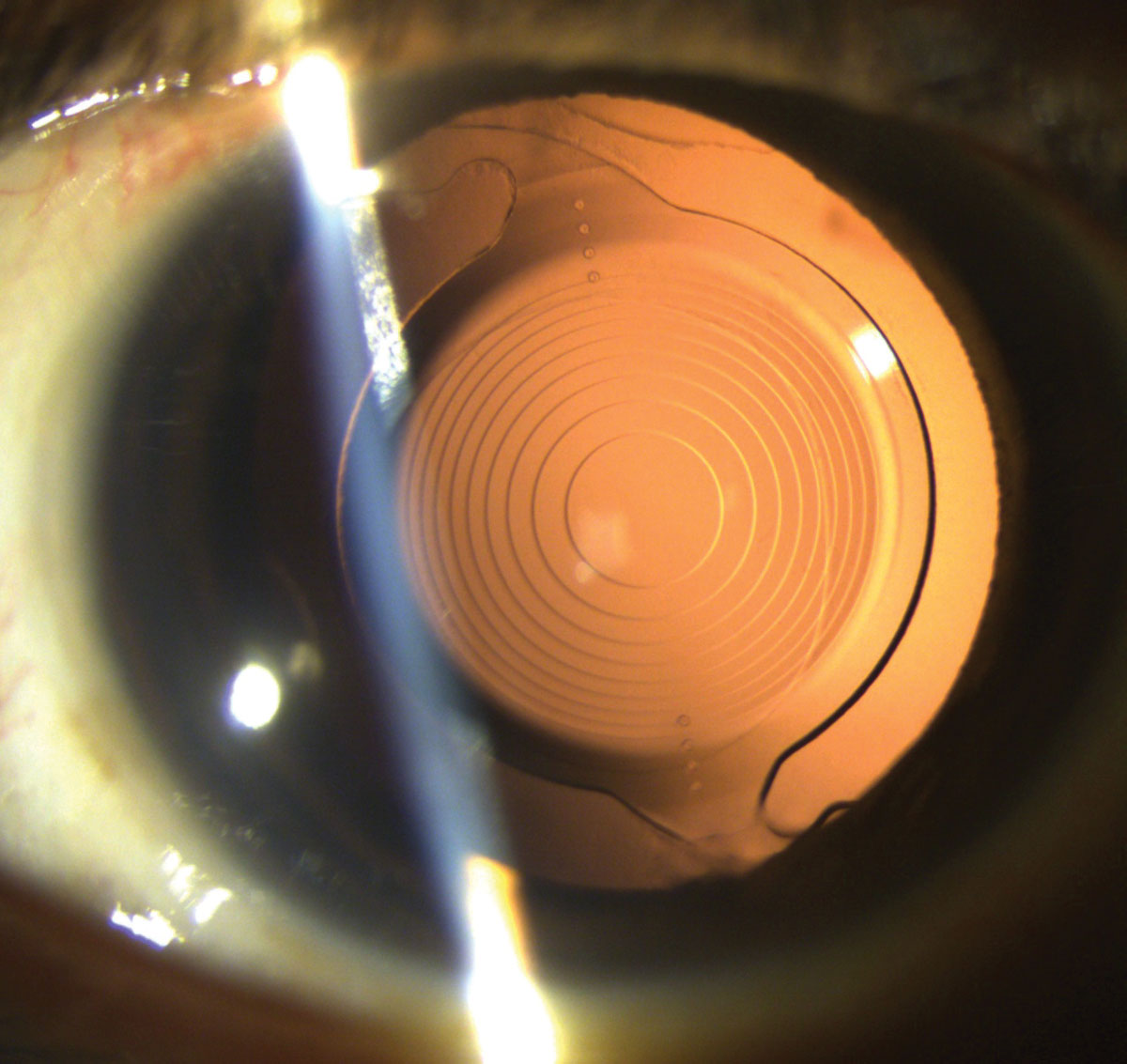 |
| Experts say it’s reasonable to have a “selective” approach to NSAID use after cataract surgery. High-risk patients, such as those with advanced glaucoma, may benefit more from NSAIDs alone to help avoid steroid induced IOP increases. Photo: Victoria Roan, OD. Click image to enlarge. |
For cataract surgery, preventing postoperative complications such as central macular edema and vision loss is paramount. While the optimal postoperative management approach hasn’t yet been identified, a recent study published in the American Journal of Ophthalmology may offer some guidance. According to the meta-analysis, NSAIDs and combination treatment may be more effective than corticosteroids alone.
The analysis included 19 studies with a total of 3,638 eyes treated with NSAIDS (n=1,479), corticosteroids (n=1,307) or a combination of the two (n=687) post-cataract surgery. The researchers reported that combination treatment yielded “favorable” BCVA vs. corticosteroids at four to six weeks postop and that NSAIDS had “more favorable” flare values than corticosteroids on days seven and 14 and at four to six weeks postop. Additionally, at four to eight weeks postop, NSAIDS demonstrated lower central macular thicknesses than corticosteroids, and NSAIDS and combination treatment showed lower incidence of central macular edema vs. corticosteroids.
Overall, NSAIDs were more effective at decreasing central macular edema, central macular thickness and anterior chamber inflammation while combination therapy was better at improving visual outcomes and central macular edema. The superiority of an NSAID addition is thought to be a synergistic effect related to NSAIDs’ ability to “reduce the amount of prostaglandin, resulting in better central macular edema and flare control.”
“Despite corticosteroids being effective in managing postoperative cataract patients, other equally safe treatments are more optimal,” the authors concluded in their paper. “However, this medical superiority might be overlooked because of high NSAID cost, few postoperative complications following improved surgical techniques and sub-clinical differences in some outcomes compared. Further cost-effective research is needed to understand and guide current practice patterns.”
El Haddad J, Al Sabbakh N, Macaron MM, et al. NSAIDs and corticosteroids for the postoperative management of age-related cataract surgery: a systematic review and meta-analysis. Am J Ophthalmol 2023. [Epub ahead of print]. |

